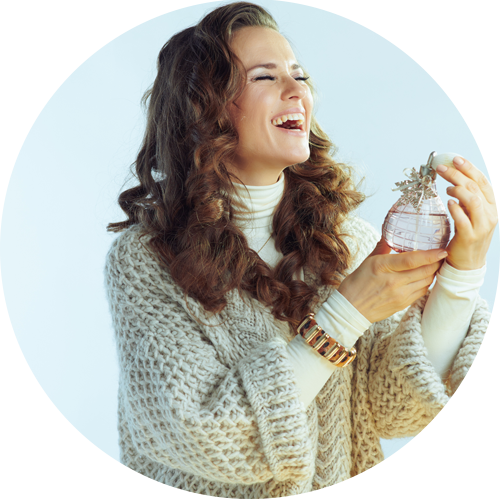Today is the winter solstice in the southern hemisphere, the day that officially ushers in the coldest part of the year. Do flowers bloom during this season? And can they be used in fine fragrances? Are they truly representative of it based on the conceptual, chromatic and olfactory connections that this season evokes for us? Based on this, can one say that some perfumes are more appropriate than others depending on where we are on the calendar?
Camellia, amaryllis, cyclamen, primrose, begonia, chrysanthemum and narcissus delight with their colorful presence, though not are all attractive for this particular industry in a technical sense. Immortalized in a novel, and available in colors ranging from white to red, including pink-yellow, purple, orange and even bicolor, camellias are beautiful but do not have a scent. The same is true of amaryllis. While they are known for their spicy aroma, an olfactory profile has not yet been developed for begonias. This is also true for chrysanthemums, which are associated with the Day of the Dead in some European countries for cultural reasons. By contrast, cyclamen, which has a coastal floral scent, is contradictorily more representative of summer. Its olfactory essence cannot be extracted naturally, so this profile is recreated in the lab using other synthetic raw materials. Meanwhile, narcissus is very sought-after in the perfume industry. Due to its high production costs, it tends to be found in the luxury segment, offering a profile that is closer to a dusty green floral note with leather accents, supporting green or aquatic floral notes.
Based on all of this, Agnès Mazin, one of CRAMER’s expert noses, explains that flowers—or their aromas—should not influence our decision as to whether a perfume is appropriate for one of the four seasons. She notes that the selection criterion involves a person identifying with a specific family of scents and the emotions that it awakens in them. Consumers are thus free to choose to wear various perfumes over the course of the year or a single season or day. They may also choose to wear the same scent regardless of the season. Our expert explains that if we want to differentiate between summer and winter, when we seek out warmer notes that give us the sensation of being bundled up and more in contact with our skin, customers who do not wish to vary their perfume may decide to play with its concentration. They can use an eau fresh or eau de toilette version during the warmer months or during the day and eau de parfum or extrait during cooler weather or at night.






